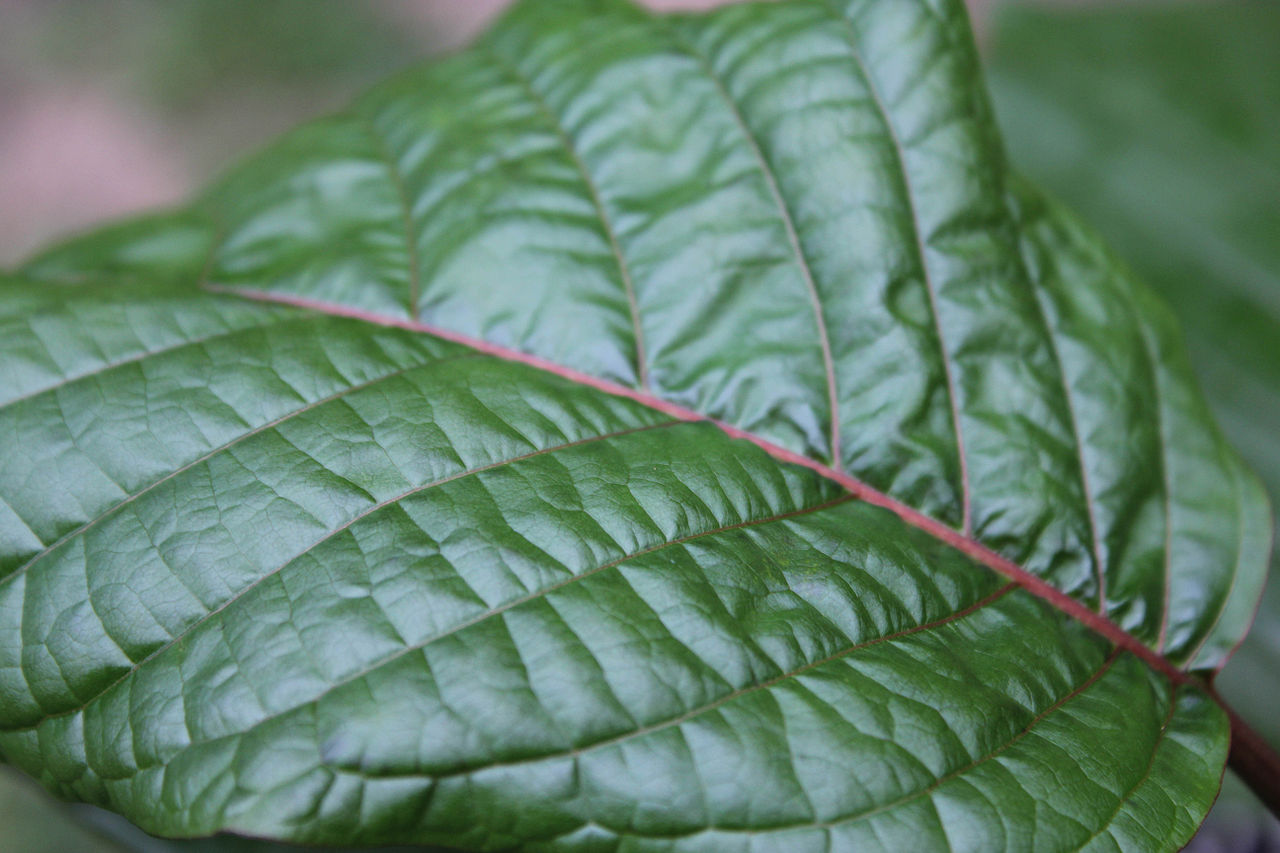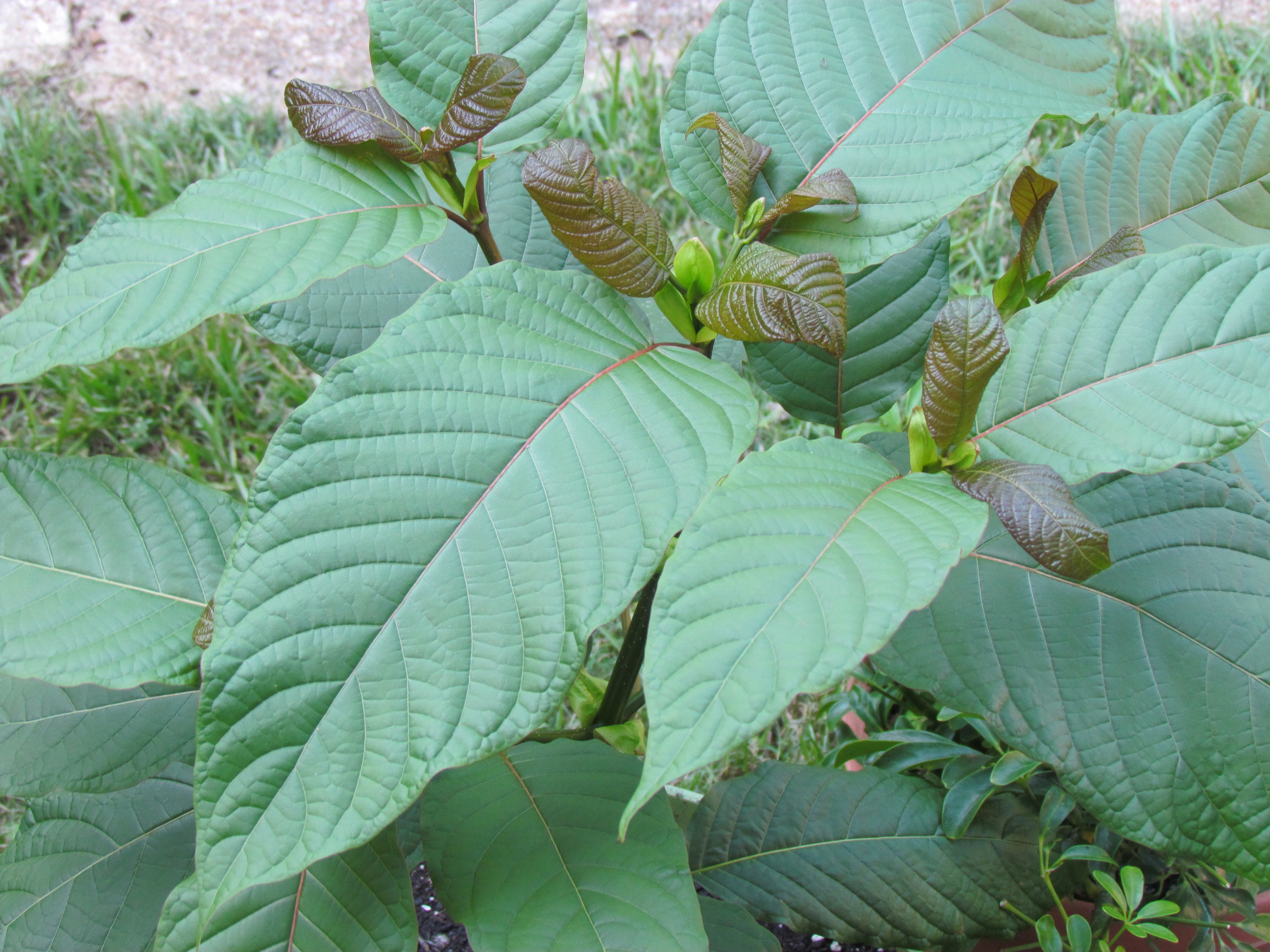A new study suggests that cannabis could help ease the deadly opioid epidemic in the United States.
Participants reported “a notable decrease in their use of conventional pharmaceutical agents,” including a 42-percent drop in the use of opiates, according to the pilot study published in Frontiers in Pharmacology on Oct. 13.
The study also suggested that the cognitive function of some medical marijuana users improved over a three-month period.
However, the authors warn that the study’s sample size was too small to be considered conclusive. Twenty-four patients were involved in the initial sample, and 11 returned for follow-up tests on their cognitive abilities three months after initiating treatment.
“While intriguing, these findings are preliminary and warrant further investigation at additional time points and in larger sample sizes,” the authors wrote.
Despite its preliminary nature, the Frontiers study joins a growing number of anecdotal reports that cannabis may help chronic pain patients reduce their use of prescription painkillers and help addicts ease the symptoms of withdrawal.





